Deck & Commander Strategies

Braids, Cabal Minion
Braids aims to control the board by forcing players to sacrifice permanents every upkeep, crippling opponents’ resources and tempo while leveraging mana acceleration and disruptive artifacts.

Golos, Tireless Pilgrim
Golos focuses on ramp and land-based utility, enabling big plays and casting high-impact spells through mana acceleration and powerful land interactions.

Erayo, Soratami Ascendant // Erayo's Essence
Erayo's deck uses cheap spells to flip the commander into an enchantment that counters the first spell each opponent casts per turn, locking down opponents’ ability to play spells freely.

Sefris of the Hidden Ways
Sefris leverages token generation and flicker effects to create multiple bodies and value, capitalizing on artifact/enchantment synergies to produce treasures and maintain board presence.
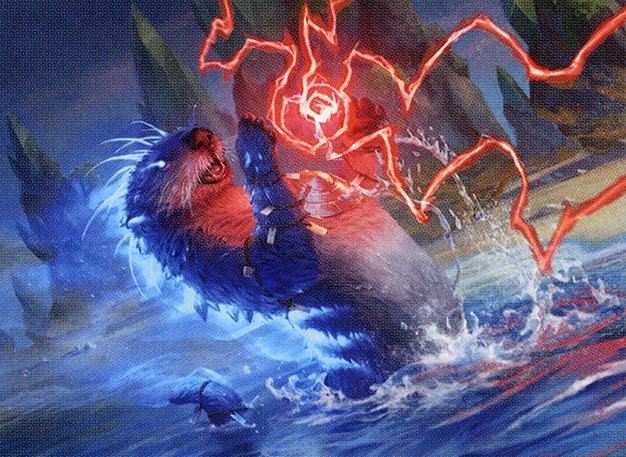
Lutri, the Spellchaser
Lutri is a spell-based deck that capitalizes on copying spells and value engines, using banned cards to accelerate mana and disrupt opponents while generating card advantage.
Gameplay Insights
- 1
Utilizing Braids to force sacrifices early severely hampered opponents’ board development and synergy.
- 2
Flipping Erayo to its enchantment side created a lockdown effect that countered opponents’ first spell each turn, drastically altering their ability to respond or develop.
- 3
Reanimating Ashen Rider for recurring exile effects disrupted key permanents and commanders, shifting board control.
- 4
Generating and cracking treasures allowed for explosive mana acceleration and enabled multiple spell casts and flicker effects in a single turn.
- 5
Flicker of Fate was used strategically on Tide Extortionist to maximize treasure token production, fueling further plays.
- 6
Players had to carefully manage artifact regeneration (via Welding Jar) and sacrifice triggers to maintain board state and tempo.
- 7
The use of banned cards led to a very fast and interactive game where resource denial and spell disruption were pivotal to survival and eventual victory.
Notable Cards
-

Jeweled Lotus
-
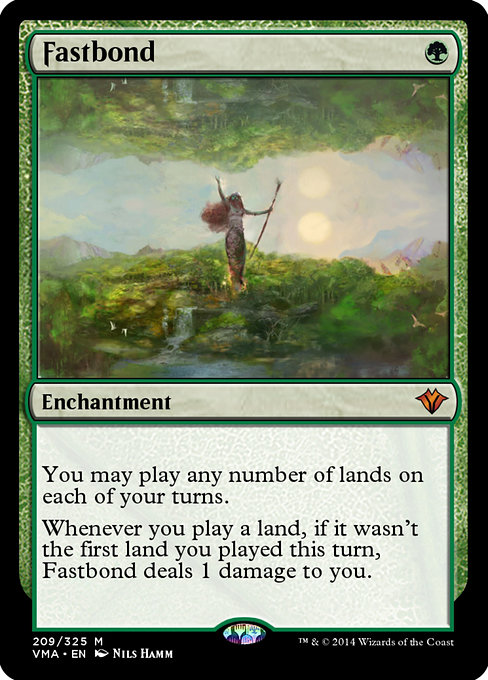
Fastbond
-

Braids, Cabal Minion
-
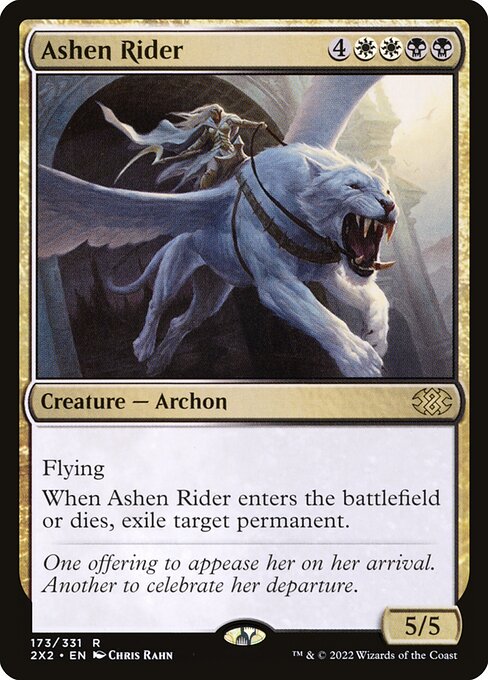
Ashen Rider
-

Erayo, Soratami Ascendant // Erayo's Essence
-
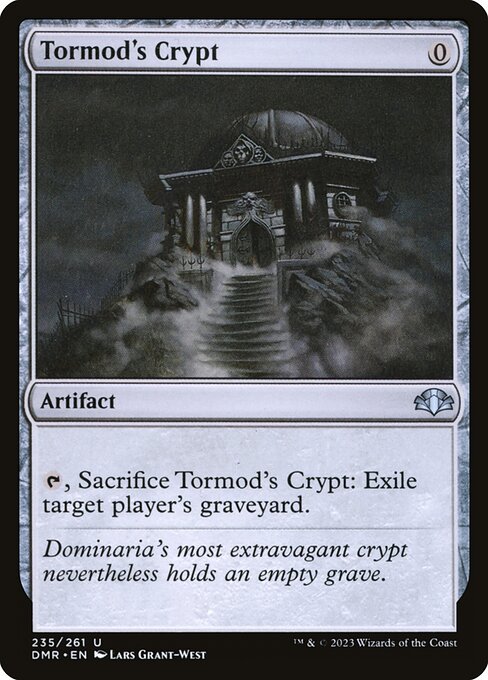
Tormod's Crypt
-
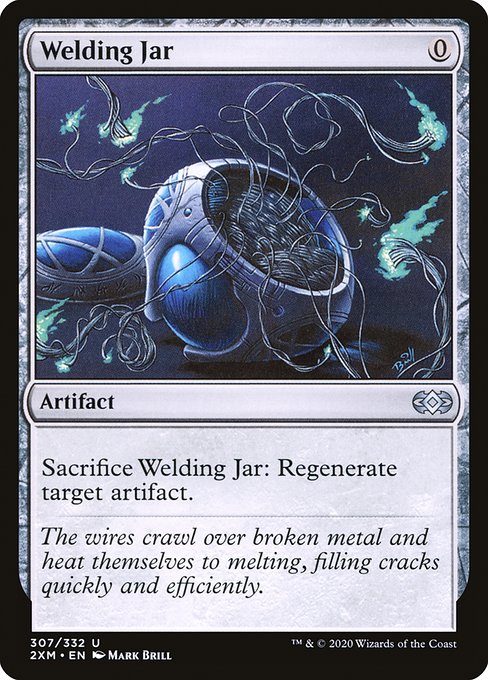
Welding Jar
-

Ancient Tomb
-

Arcane Signet
-
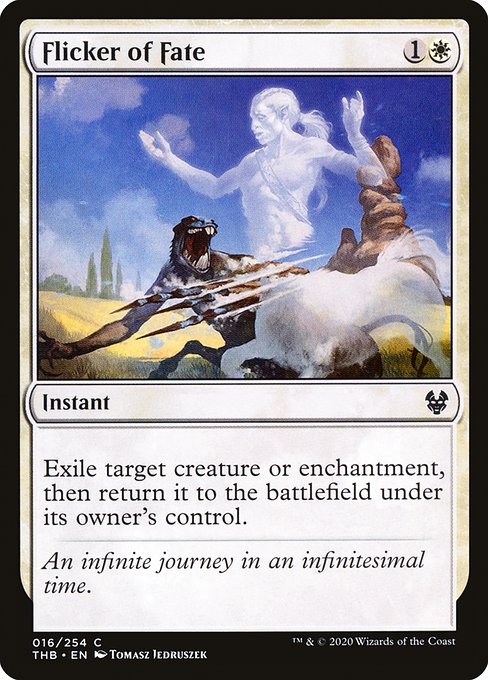
Flicker of Fate
Gameplay Summary
The game began with players unleashing banned cards and strategies that are normally not allowed in Commander, creating a chaotic and highly interactive environment.
Early turns featured fast mana acceleration through cards like Jeweled Lotus and Fastbond, enabling explosive starts.
Braids, Cabal Minion pressured opponents by forcing sacrifices each upkeep, while Ashen Rider was reanimated to exile key permanents, including a commander, swinging board control.
Erayo, Soratami Ascendant quickly flipped into its counterspell-oriented enchantment side, severely hindering opponents' spell resolutions and shaping the midgame tempo. Treasure token generation played a pivotal role, with Tormod's Crypt and other artifact synergies fueling multiple mana sources and enabling flicker effects to multiply value.
The interaction between flicker effects and treasure production allowed for repeated resource generation and tempo swings.
Meanwhile, Golos, Tireless Pilgrim and Sefris of the Hidden Ways helped ramp and provide utility.
The game heavily revolved around managing board wipes, recursion, and disruption, with players leveraging the banned cards' powerful and often oppressive effects to establish dominance.
The win condition appeared to center around overwhelming opponents through incremental value and board control rather than a single combo finish, as several players worked to suppress and dismantle each other's threats.






























![Commander VS: Braids VS Erayo VS Leovold VS Emrakul [EDH] thumbnail](https://i.ytimg.com/vi/4cUZFVFKMkc/sddefault.jpg)











![Commander VS S17E7: ??? VS ??? VS ??? VS ??? [EDH Gameplay] thumbnail](https://i.ytimg.com/vi/Wl5x-udunSg/sddefault.jpg)
![Commander VS S16E9: Rakdos VS Padeem VS Zacama VS Golos [EDH] thumbnail](https://i.ytimg.com/vi/dZvTs47Y-pk/sddefault.jpg)
